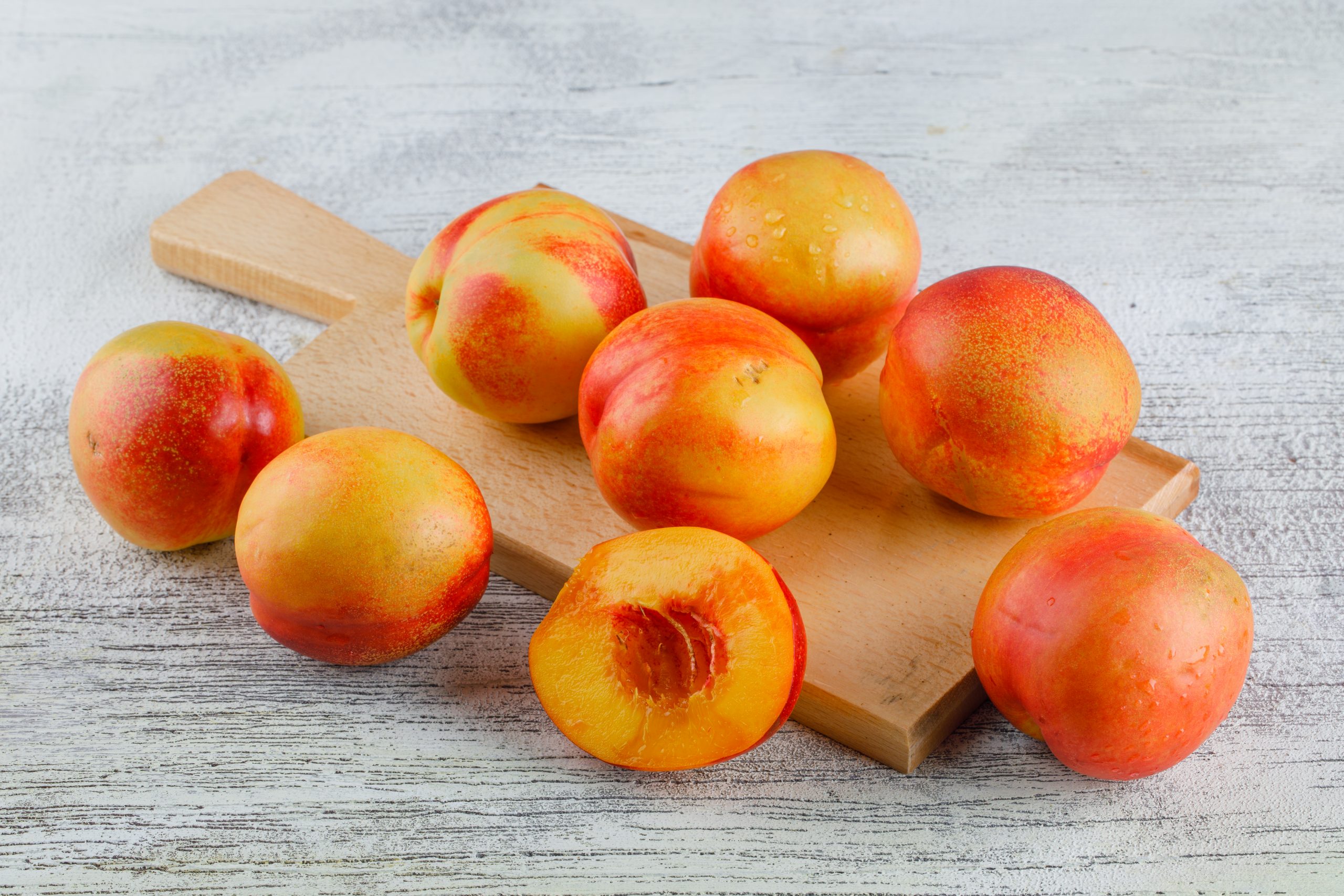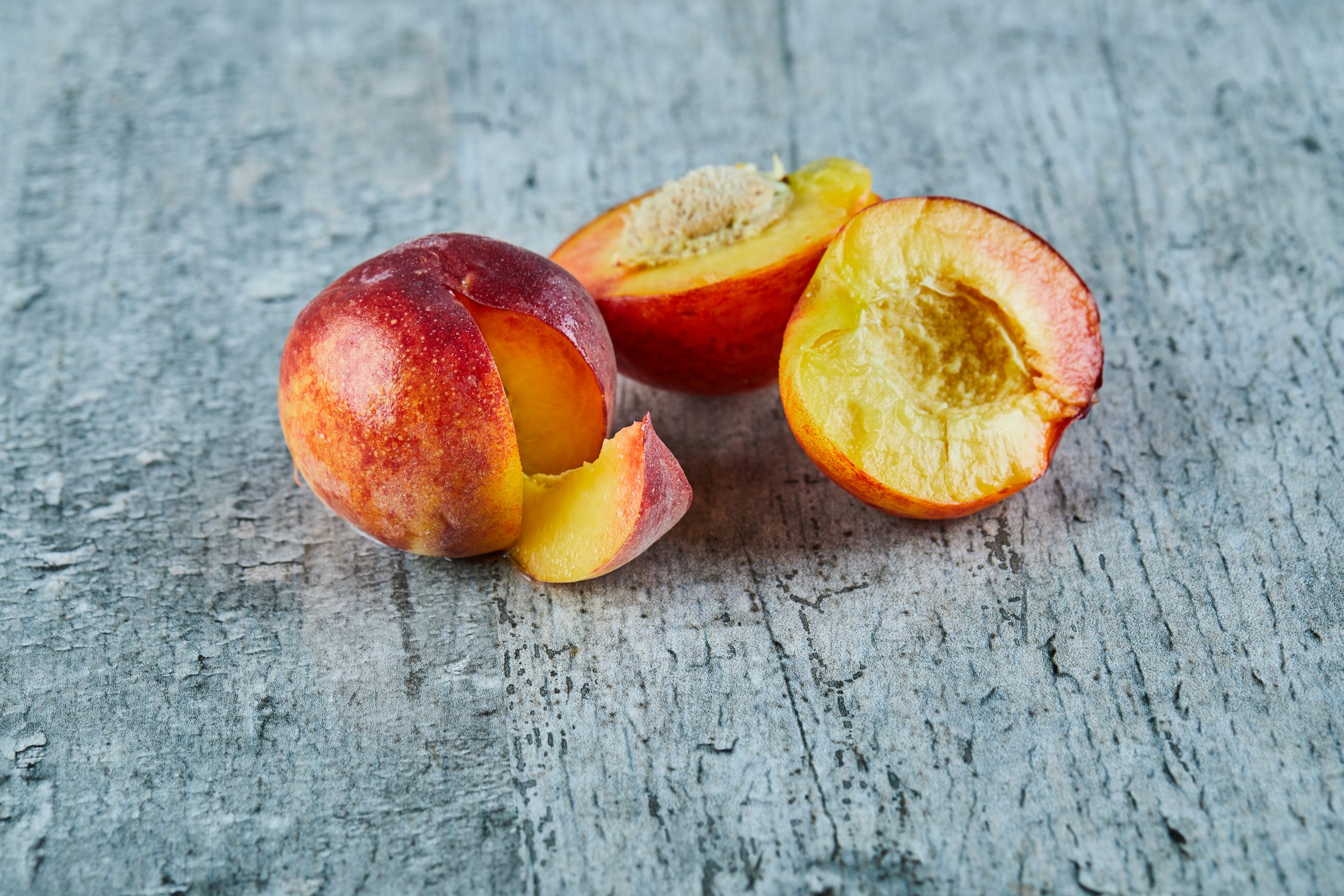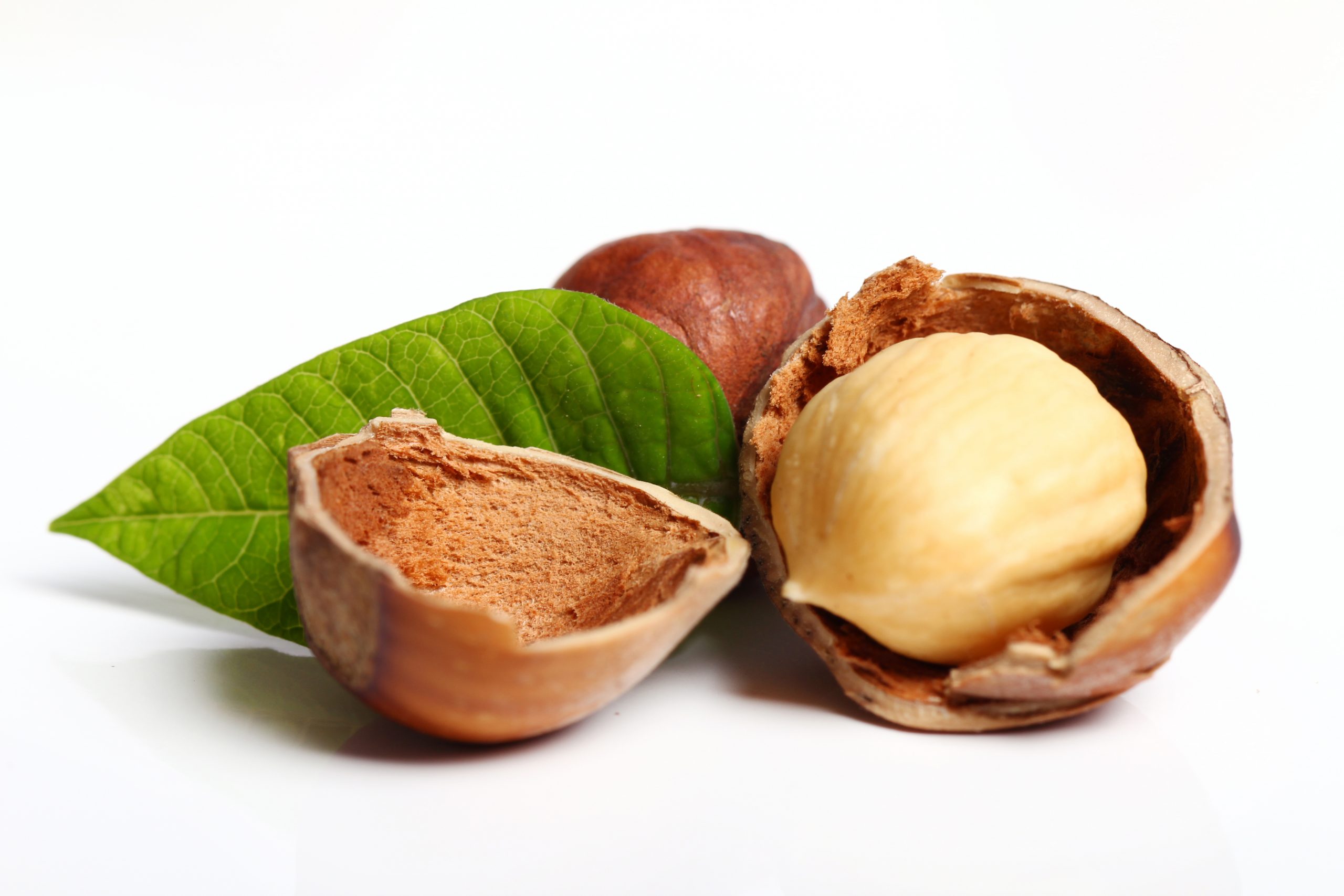First Multi-Target Application of Exclusion Net in Nectarine Orchards: Effectiveness against Pests and Impact on Beneficial Arthropods, Postharvest Rots and Fruit Quality
Over the past few years, there has been an increasing interest in the development of alternative pest control strategies to reduce environmental impact. In this contest, exclusion nets have been evaluated as a sustainable alternative to pesticides. In this study, the use of a photoselective exclusion net was investigated in semi-field conditions as a potential strategy to protect nectarine orchards from different pests (i.e., fruit moths, Halyomorpha halys and Drosophila suzukii) in NW Italy. The presence and abundance of pest populations inside and outside the net, as well as the damage they caused on fruits, were evaluated.
Read more

